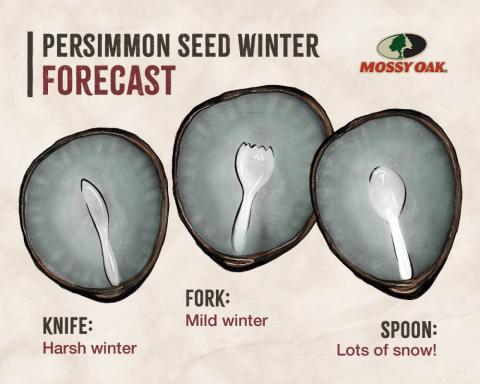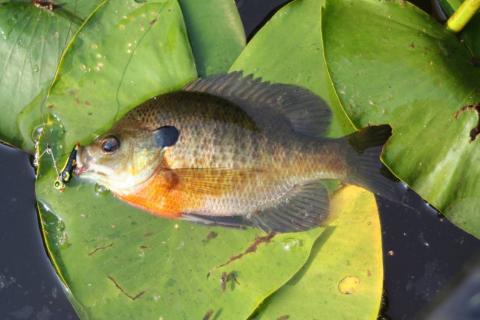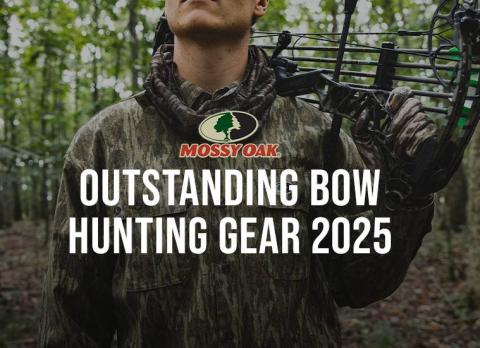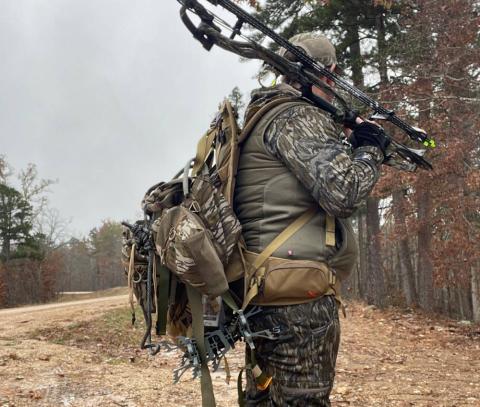Sam White
In the 1970s and ‘80s, billfish stocks were in bad shape just about everywhere in the world. Commercial longlining was decimating stocks of blue and white marlin as well as swordfish, while scores of high-profile tournaments stacked billfish on the docks like cordwood after a weigh-in. The catch-and-release ethic had not yet caught on, and a small group of concerned anglers felt a change was needed.
That’s exactly what happened in 1986, when the late Winthrop P. Rockefeller, himself a passionate marlin fisherman, decided that enough was enough. He met with now-retired Dr. Eric Prince, one of the world’s pre-eminent marine biologists and an expert in billfish species working with the National Marine Fisheries Service; along with a group of 50 founding members, The Billfish Foundation was born.
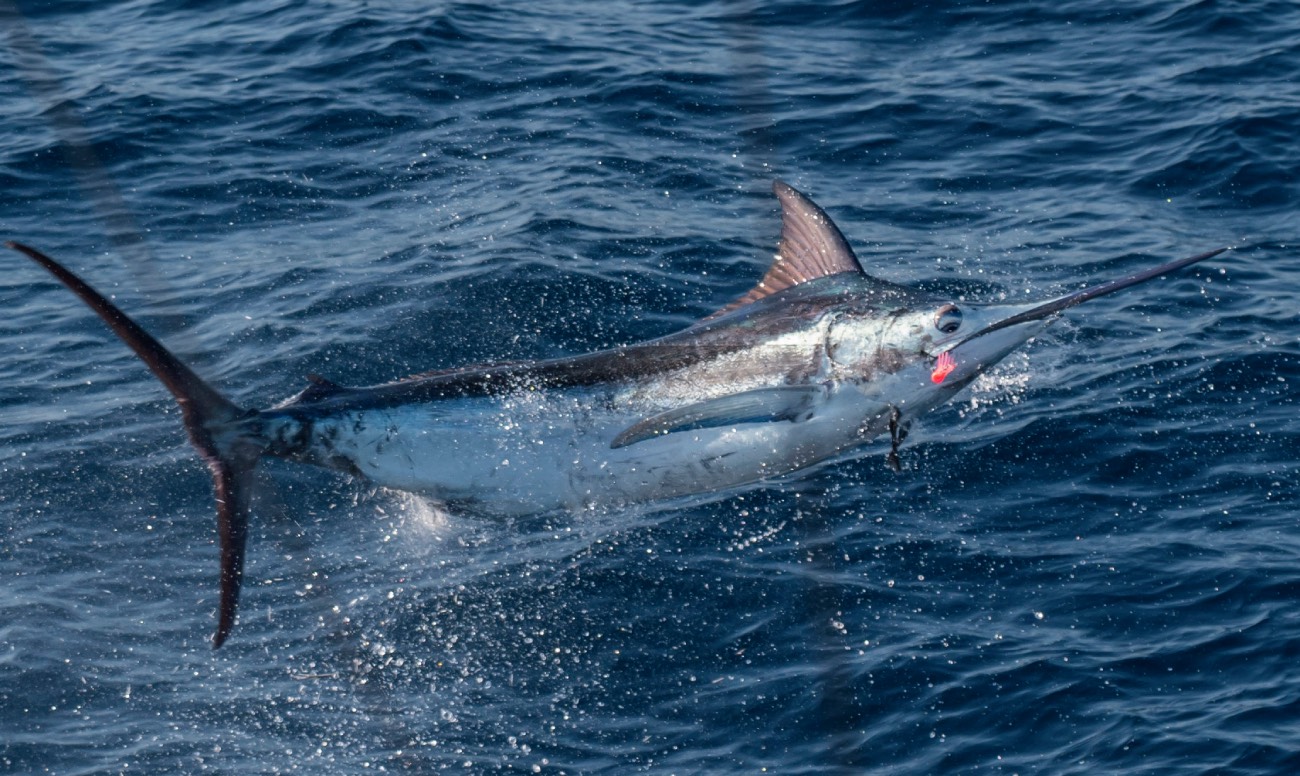
A decline in billfish stocks led to the formation of The Billfish Foundation in 1986.
Science Meets Advocacy
The foundation’s initial focus was on research and educational programs at a grassroots level, in an effort to turn the corner and improve the overall health and management of billfish stocks around the world. In 1990, TBF’s focus was expanded to include advocacy for responsible fisheries management, recognizing that influencing key decision makers with sound science was a crucial step in successful billfish conservation. The organization has continued to distinguish itself from other groups through a sustained emphasis on integrating policy and science, finding ways to offer reasonable fisheries management solutions which are effective and yet not punitive for the recreational angling community at large. Now retired, Prince was instrumental in driving a number of those science-based initiatives during his tenure with NMFS, including the creation of an annual scientific conference that brought together marine biologists from around the world to focus on the role billfish serve in the ecosystem, and how best to manage these incredibly diverse pelagic species.
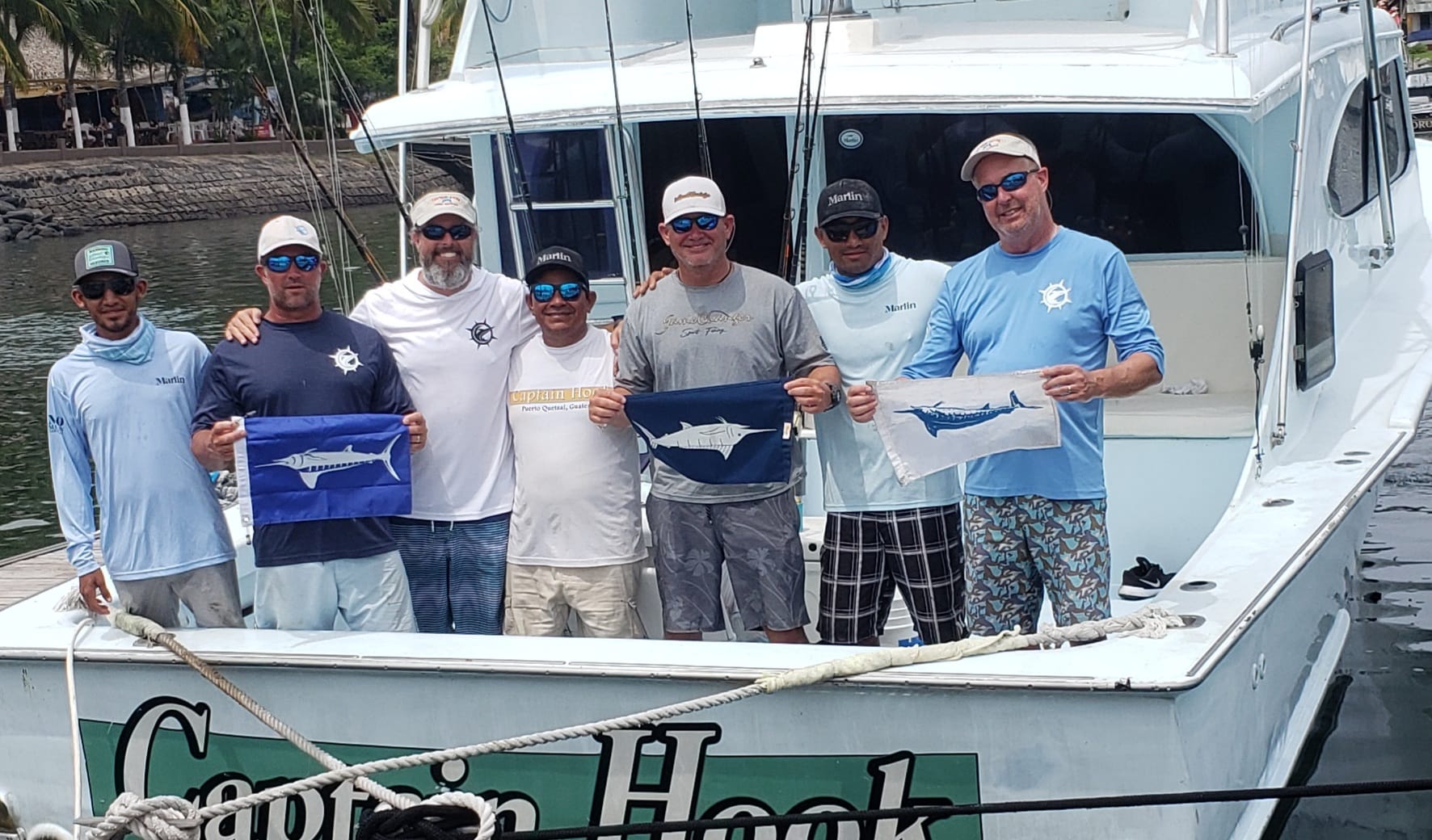
Today, anglers are much more likely to display release flags for their marlin and sailfish rather than dead fish on the docks.
Tagging for Success
Perhaps best known for its keystone tagging program, what started with a grassroots effort in 1990 has now grown to become the largest international billfish tagging program in the world, with more than a quarter-million tags recorded in its database. Each year, thousands of billfish are tagged with conventional tags and the information sent to TBF; should that fish be recaptured, the information on time-at-large, location, size and other specifics can be compared to the original tagging data. Over time, this creates a big-picture view of how billfish stocks in certain areas use the habitat and how they migrate based on the seasons and conditions. That information can then be used to craft more effective management solutions. This valuable data, much of it impossible to measure without the use of traditional tagging, provides the groundwork for conservation-minded policy and scientific advancement while also offering insight into the demographics and socio-economic benefits generated from billfishing. Better science yields better results.
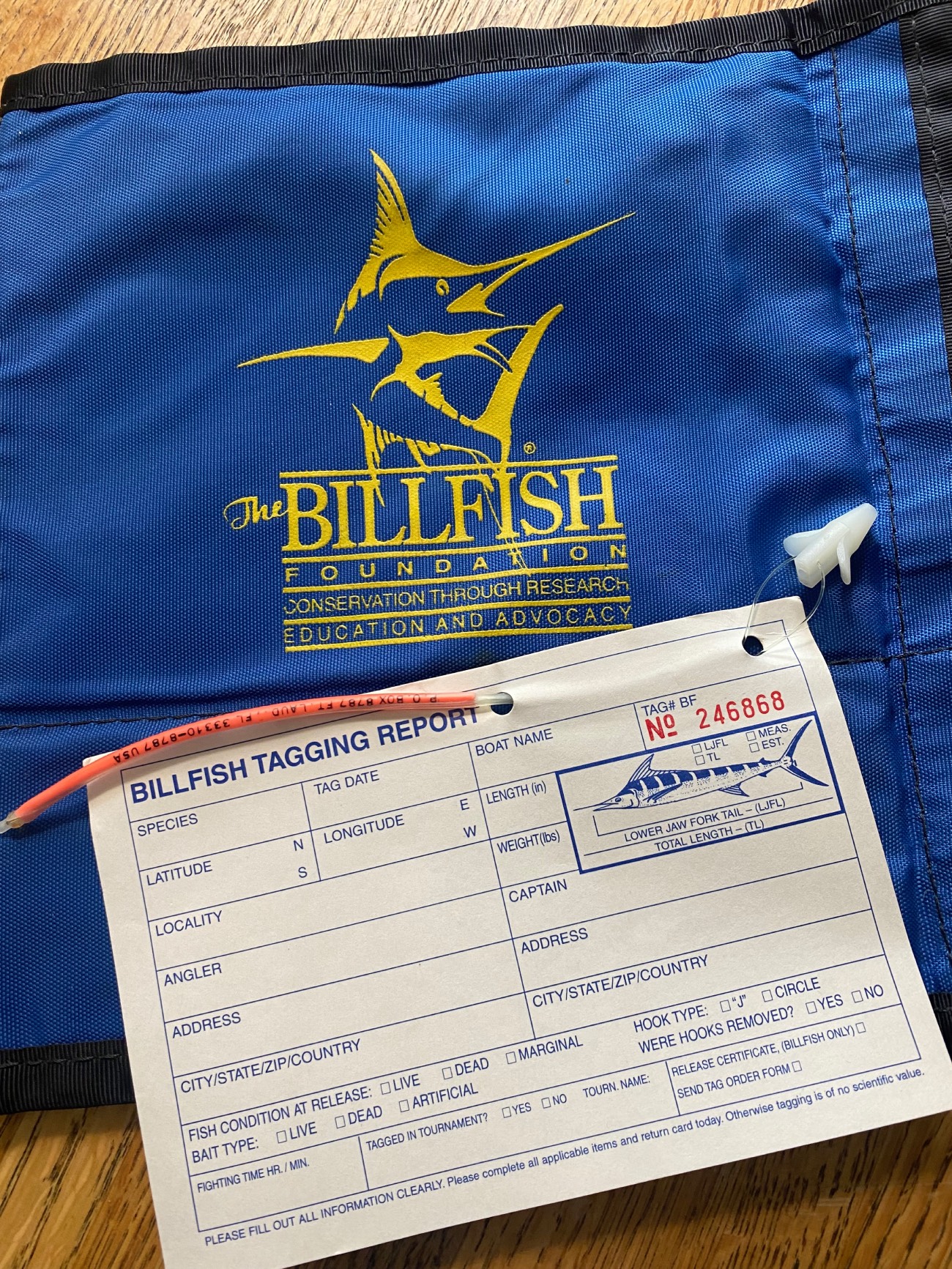
The Billfish Foundation’s tagging program is the largest of its kind anywhere in the world. Information gained from tag recoveries helps formulate management decisions.
Among its many accomplishments, perhaps the most critical was the establishment of a catch-and-release ethic for recreational anglers fishing for billfish. To further assist in those efforts, TBF was also instrumental in pushing for the adoption of non-offset circle hooks in the recreational fishery. Now, the use of such hooks is mandatory when targeting billfish in Costa Rica and Guatemala, and also when using natural bait or bait/lure combinations while fishing in billfish tournaments in US waters. Circle hooks have been proven to significantly reduce post-release mortality among all billfish species. The organization has also pushed for regulations prohibiting the commercial retention and sale of Atlantic billfish in the United States, along with commercial longline closures in known spawning areas for swordfish, such as the Florida Straits and portions of the Gulf of Mexico. Even now, they are working toward the implementation of regulations moderating the commercial yellowfin tuna and swordfish longline and purse seine vessels, both of which represent a significant source of billfish mortality.
Looking to the Future
As the organization moves forward, one key component will be the increased use of satellite tagging for research efforts. While still important and very useful, conventional tagging is limited in that it only offers data on the points of initial capture and release, while the use of pop-up satellite tags can offer insight into the actual movements of the individual fish. These archival tags use built-in light sensors to derive geolocation estimates of latitude and longitude, while also recording temperatures and depths to reveal diving activities, habitat preferences and other behavioral characteristics. After a predetermined period of time—ranging anywhere from 30 days to six months—the tag sensor releases from the fish and floats to the surface, where it sends the collected data via ARGOS satellite to be analyzed by teams of scientists and biologists. It’s fascinating work that further helps unlock the mysteries of these enigmatic apex predators of the seas.
The Billfish Foundation: Education, research, advocacy and more. For the billfish, and for a bright future.

















